
What is the null and alternative hypothesis?
When conducting a clinical trial one of the most important aspects is to define the objective of a study and to decide on what the
Clinical Research Insights

When conducting a clinical trial one of the most important aspects is to define the objective of a study and to decide on what the

When it is about the precision of a test result, confidence intervals are a more useful measure than p-values, which only reflect the statistical significance. Confidence intervals provide additional information about how large the effect could be, so answering the question how the clinical relevance for the finding is.
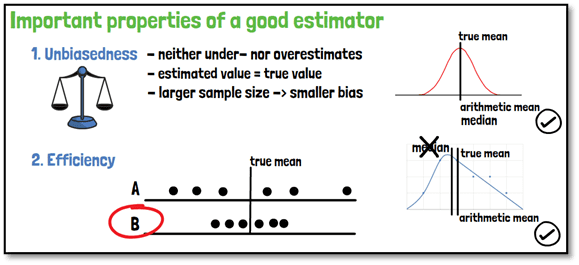
An example for a point estimator is the arithmetic mean when trying to find the mean of a population. A point estimator is used to

The uniform distribution is probably the simplest of all probability distributions. It is used for data, where all outcomes within a predefined interval have the

The Poisson distribution is modelling the number of events within a defined time interval or area. For example, counting variables such as the recruitment for
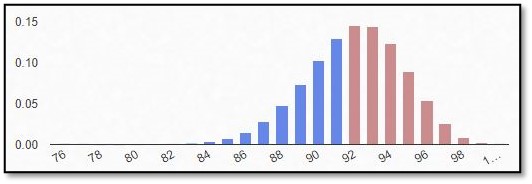
If an outcome variable that can be specified in two response possibilities only, data can be analyzed as binary based on a binomial distribution, where each observation of a defined number of “experiments” represents one of the two outcomes, and the probability of success is the same for each observation.
In this part of our blog series accompanying our #video #series “5 Minutes Statistics for Clinical Trials” we explain what a #binomial #distribution reflects and what are its characteristics.
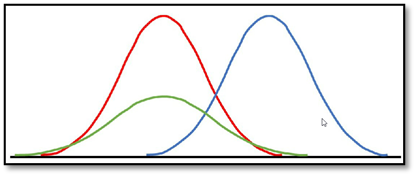
The normal distribution or Gauß distribution is called normal, as it is seen as the ideal case of a distribution. It is showing the distribution
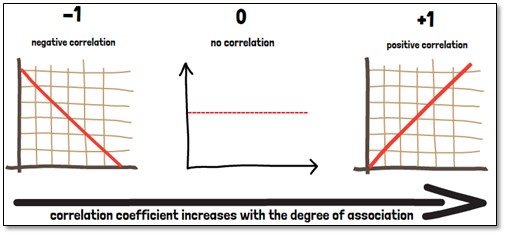
The correlation coefficient (r) is a specific measure that quantifies the strength of a linear statistical relationship between two variables, as well as its direction.
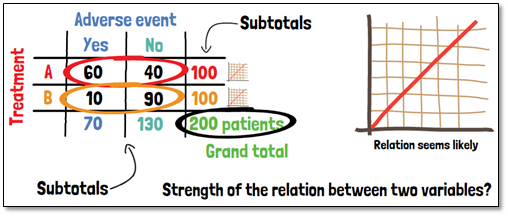
Cross tables are also known as contingency or multidimensional tables. Large amounts of data can be summarized in a structured way and possible relationships between

In clinical studies usually a large number of data is generated. The challenging part is then to present the data in a structured and condensed